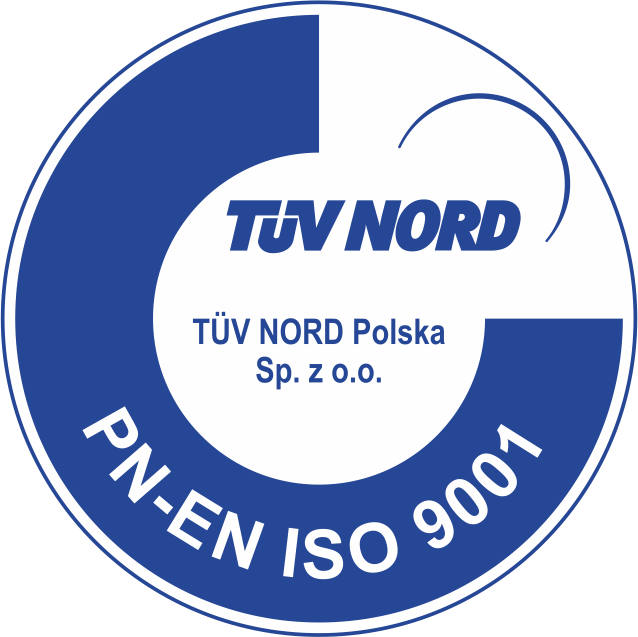With Microsoft Dynamics NAV 2013 reaching its most important milestone, the Release-To-Manufacturing, the new licensing model takes over. As expected, Microsoft has paved the way for its newest release of its most popular Dynamics ERP product by changing the licensing model. There have been several major licensing model changes in the past, but this one is truly radical and it reflects Microsoft’s shifting strategies in positioning Microsoft Dynamics NAV.
Simplification
Compared to earlier models, perpetual licensing is a lot simpler. Business essentials and advanced management offerings have been discontinued, and the foundation pack has been replaced with the starter pack. Every new customer must purchase the starter pack, which includes three full users, and is priced slightly more than twice the price of the old business essentials license. The starter pack allows users to access almost the same functionality as the business essential license did.
If the customer requires more advanced functionality, then they can purchase the extended pack, which is purchased only once, regardless of the number of users. It allows all licensed users to access the full stack of Microsoft Dynamics NAV functionality at the flat price of two starter packs.
Whether or not the customer has purchased the extended pack, all new users are priced at the same price, and there is no waterfall pricing based on the number of users. The new user price is approximately half way between the old business essentials and advanced management user prices.
The extended pack is completely different from the advanced management offering. Whereas the advanced management simply allowed you to order additional granules, some at very high cost, the extended pack includes almost all of the granules. Apart from additional users, the only additions that you can purchase for your perpetual license are the application builder and solution developer granules and application object packs. The prices for these granules haven’t changed. Queries, the new object type in Microsoft Dynamics NAV 2013, are priced at the same level with reports, code units, pages, and XML ports.
User Types
One of the biggest changes involves the user types and the access levels provided. The light user and employee self service licenses have been discontinued, and are effectively replaced by the limited user license. Whereas the light user license was per named user, and allowed users full read and write access to all Microsoft Dynamics NAV features. The limited user is a concurrent license, and it allows read access to the whole solution, and write access to three tables of user’s choice, along with a predefined set of infrastructure tables. It does not allow users to write to the GL Entry table, effectively prohibiting users from posting financial transactions. Users can still post shipments, receipts, or any other transactions as long as they don’t integrate into finances.
The biggest difference between the perpetual licensing and the business essentials licensing models, is that the perpetual license doesn’t at all depend on the type of access to the solution. For example, you can purchase a limited user and still use the role tailored client or the web client, as long as you do not write to more than three tables. Also, if you write to more than three tables, you require a full user license, even if you only use web services to access Microsoft Dynamics NAV.















